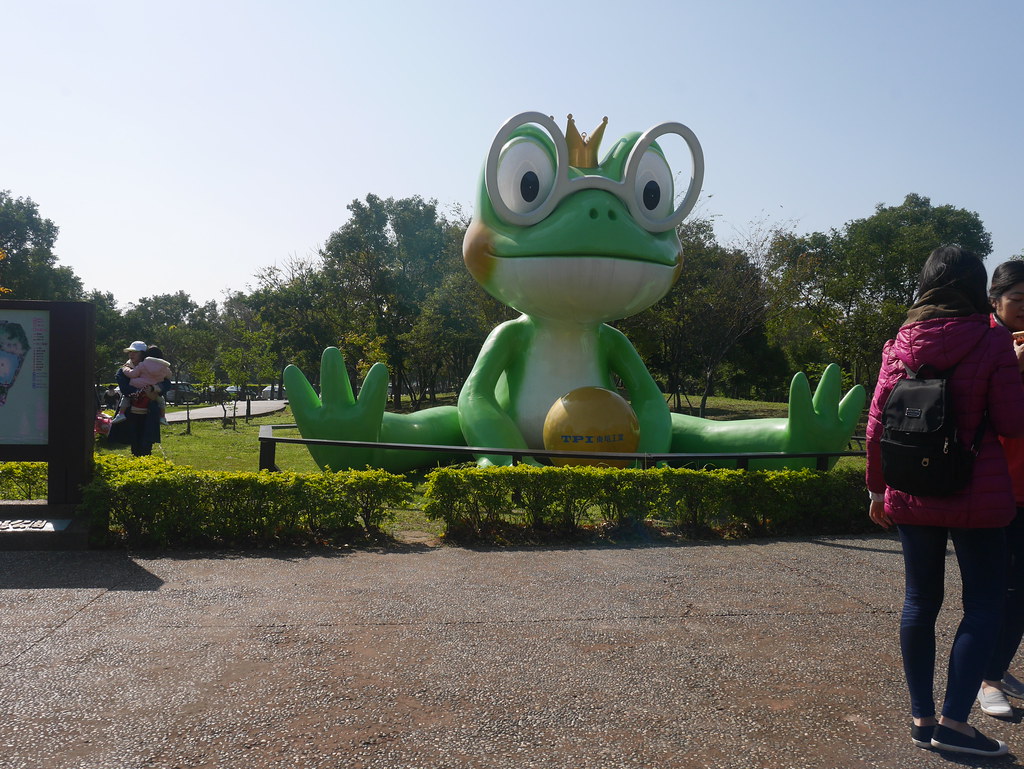Bade District, formerly known as Bakuai Village (literally “Eight Households”), is located in the northeastern part of Taoyuan City. It is the smallest administrative district by area in Taoyuan, yet it ranks second in population density. Geographically, it borders Taoyuan District to the north, Yingge District of New Taipei City to the east, Zhongli and Pingzhen Districts to the west, and Daxi District to the south, making it a key gateway connecting the Taoyuan Plateau with the Taipei Basin. The terrain slopes gently from south to north, with the Jiadong River flowing through the district, enriching its natural landscape.
Bade District covers an area of approximately 33.7 square kilometers, stretching about 6.76 km east–west and 8.46 km north–south. With a population of around 215,000, it has a density of approximately 6,369 people per square kilometer, making it a densely populated and highly developed area. The district is also home to the Ministry of National Defense’s High Military Court and the Northern District Military Court.
The name "Bade" (meaning "Eight Virtues") originates from the Qianlong era of the Qing Dynasty. According to legend, the first settlers were eight families—Hsieh, Hsiao, Chiu, Lü, Lai, Huang, Wu, and Li—each building a house and settling down, hence the name "Bakuai Cuo" (Eight Houses). In Hakka, it is also known as Pat-zî-vu (Eight Homes). During the Japanese era, the area was designated as Bakuai Village and placed under Taoyuan District, Hsinchu Prefecture. After WWII, it became Bade Township, was upgraded to Bade City in 1995 (with villages renamed to urban “li”), and finally restructured as Bade District on December 25, 2014, when Taoyuan County was elevated to a special municipality.
The district’s commercial center is concentrated in the Dà’nán (Dainan) area, which is densely populated and well-developed, serving as the economic heart of Bade’s growth.





